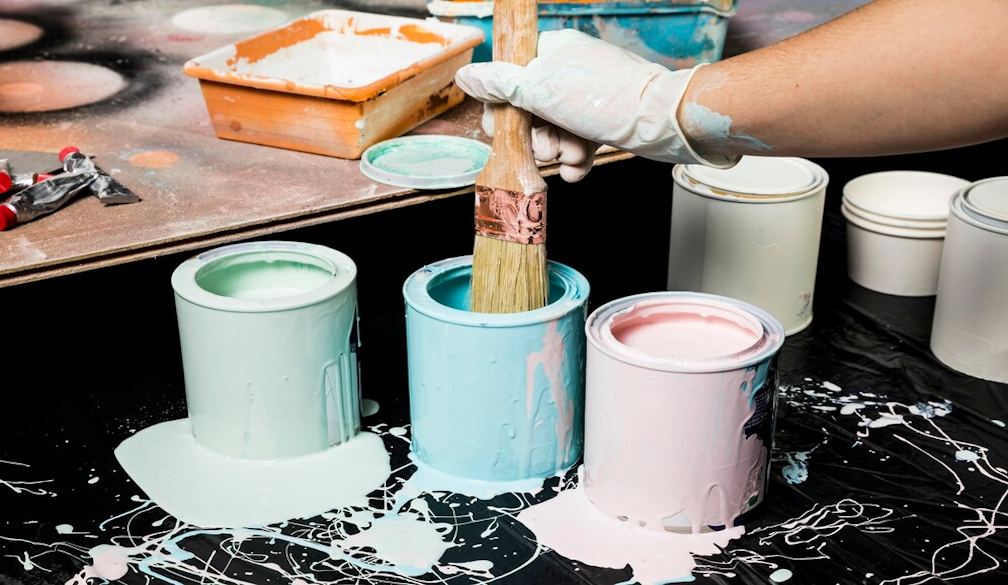What You Need to Know Before Getting into a Franchise
- Written by The Chronicle

Franchising has become an increasingly popular business model in Australia, offering the allure of running your own business without starting from scratch. However, before you proceed, it’s essential to understand what really goes into a successful franchise relationship. Consulting with experienced franchise lawyers in Melbourne can help you navigate this complex process and protect your interests from the outset.
What is a Franchise?
At its core, a franchise is a business model where the franchisor (the original business owner) grants the franchisee (you) the right to operate a business using their established brand, operational models, systems and products. The franchisee, in return, usually pays an initial franchise fee and ongoing royalties. While this may seem straightforward, there is much more to it, especially in terms of legal obligations.
Why Legal Advice is Essential
Though a franchise can be an excellent opportunity, it can come with potential pitfalls if you're not adequately prepared. Franchise agreements are complex documents that outline the rights and responsibilities of both the franchisor and the franchisee. These agreements can be difficult to interpret for the layperson, often containing complex legal jargon that may limit your autonomy or increase your financial obligations.
Obtaining advice from franchise lawyers in Melbourne will ensure you fully understand what you’re committing to. An expert lawyer will be able to analyse the franchise agreement, disclosure statements and lease documents, helping you identify hidden fees and make sure you're aware of your obligations, both contractual and statutory.
Franchise Fees & Ongoing Costs
Many first-time franchisees fail to grasp the full scope of financial commitment required. Apart from the initial franchise fee, you will likely face regular royalty payments, marketing levies and operating costs that may not have been apparent prior to receiving a detailed breakdown. A franchise lawyer can pinpoint these elements so you’re not caught off-guard.
Territory & Exclusivity Rights
Territory-specific clauses within the agreement define the area where you’ll have the exclusive right to operate. This can greatly influence the potential profitability of your franchise. Some agreements may limit your geographical reach or overlap with other franchisees operating the same brand, thus diluting market share in your area. Legal advice is essential for ensuring that the territorial rights stipulated in the agreement work in your favour.
Renewal & Exit Conditions
Franchise agreements usually come with a fixed term, and the conditions for renewing can often be tricky. What happens after the term ends? Can you exit the franchise easily, or are there stringent penalties for pulling out? It’s important to understand the renewal processes, non-compete clauses and exit strategies, which can all have long-term implications.
The Importance of Due Diligence
Before diving into a franchise opportunity, conducting thorough due diligence is a must. This involves more than just reviewing the franchise's financial viability, as it’s also vital to assess whether the business model is sustainable in your specific market. Melbourne’s business environment is unique, and local competition dynamics might differ from interstate ventures.
Working with franchise lawyers in Melbourne who are familiar with local laws and market conditions can help you be fully informed and confident in your decision. They can also assist in reviewing the franchisor's financial statements and operational track record, providing a clearer picture of the risks and rewards.







